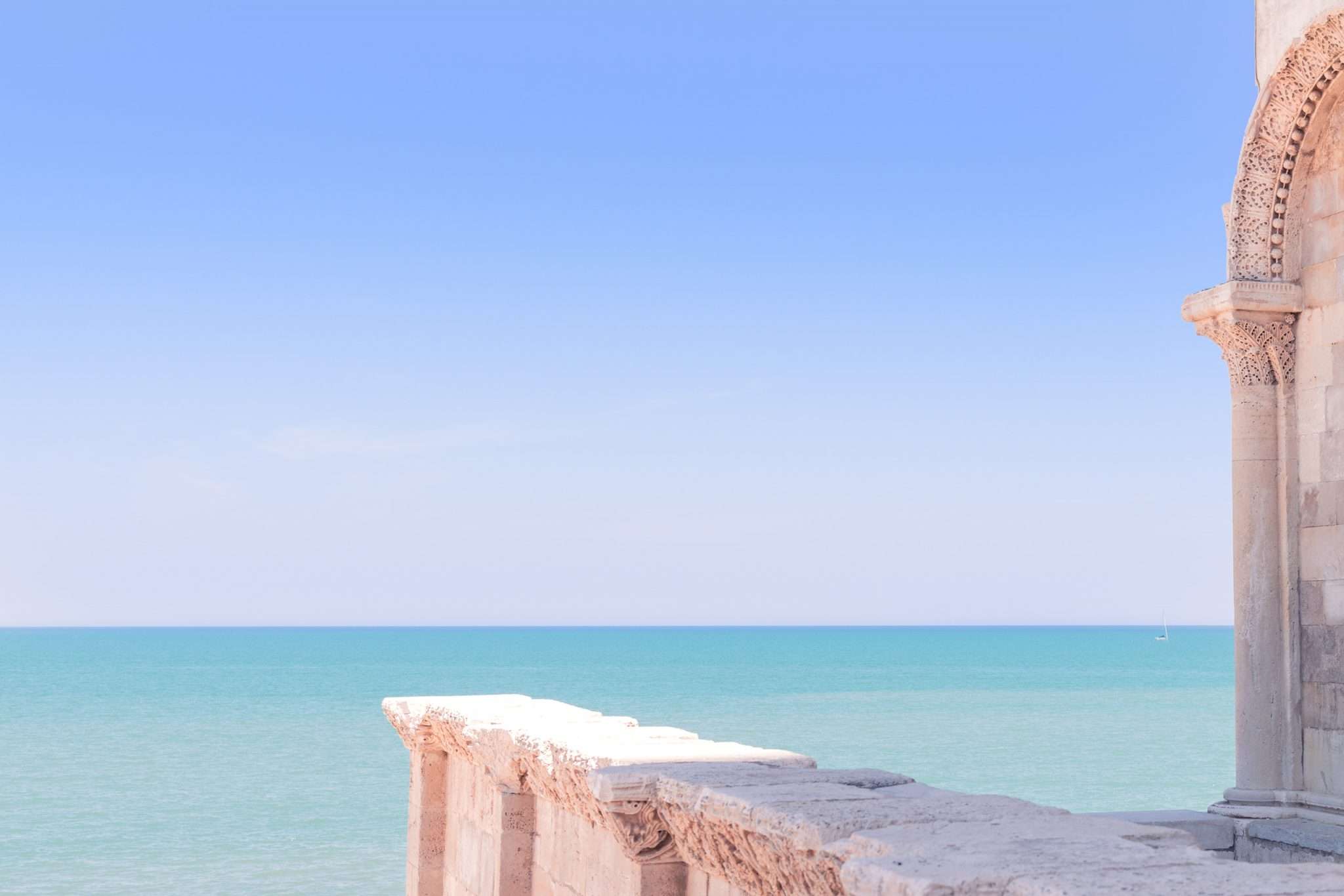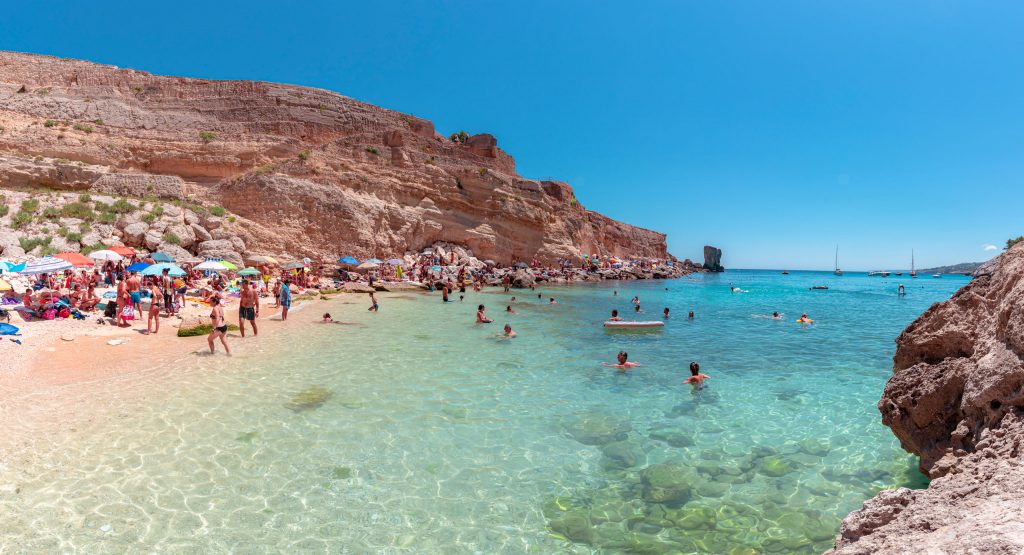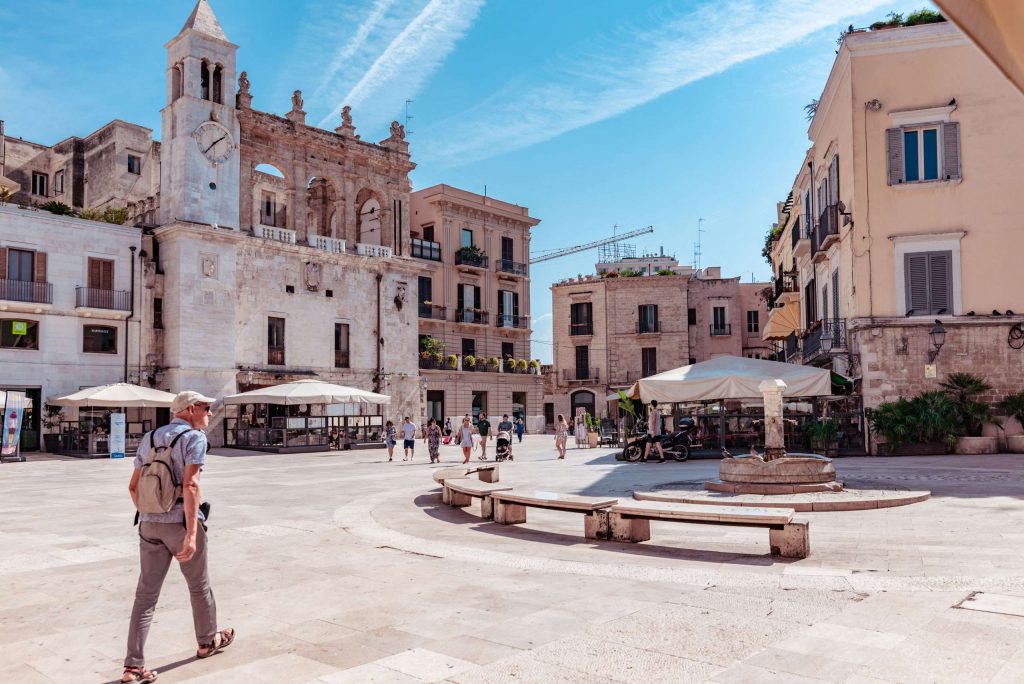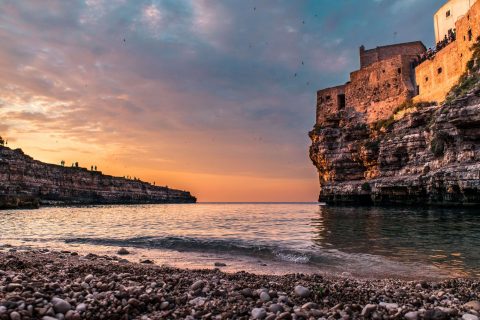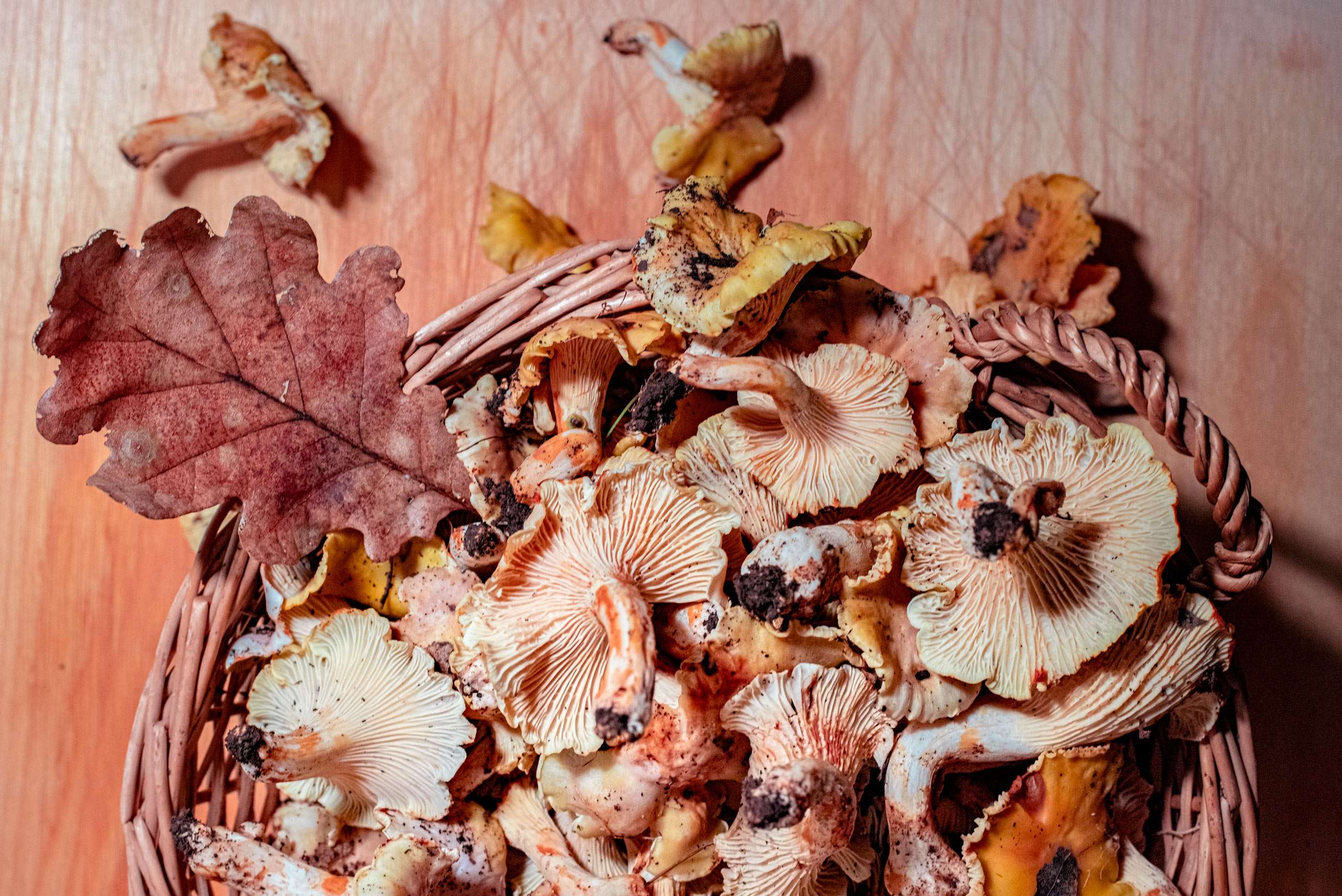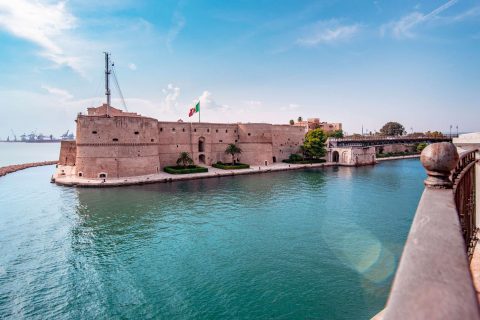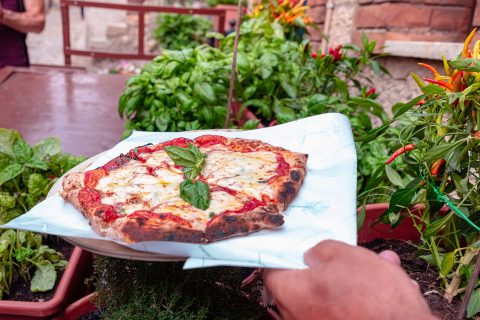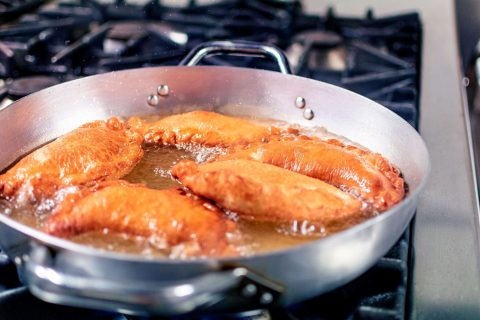-
Low Salento tour
2 weeks roadtrip from Otranto to Santa Maria di Leuca
Here we are! We share with you an incredible itinerary we have done last July!14 stops on the coastline of Low Salento, in the Nature Regional Park from Otranto to Santa Maria di Lauca (website only ITA), with the company of a bright turquoise sea and your camera. Almost all of these stops are beaches where you can relax and get some regenerative sun, but if you’re a photo lover, you cannot miss bringing your camera with you: you’ll see some of the most instagrammable places of Puglia! » Read more
Our Blog
Read our suggestions and enjoy your trip to Puglia
-
Published: April202021
Puglia for Instagram Lovers
The best Puglia highlights
Influencers, travel bloggers, and Instagram lovers, that’s for you: here is a guide to surprise your followers with some of the best Puglia highlights! » Read more
-
Published: April32021
Scarcella Pugliese
Maybe you’re wondering what a Scarcella Pugliese is. In this article, we’re talking about a typical cake we make in Puglia for Easter week. The Scarcella Pugliese is a kind of large shortbread cookie made with a few simple ingredients. You need only flour, sugar, oil, milk, and eggs to make the dough, then adding species and decorations, it will have a better taste! But, before giving you the recipe, we would like to talk about its meaning. » Read more
-
Published: November122019
Where and when picking up wild mushrooms in Puglia
Hi everyone, Roberto here to tell you about one of my greatest passions: picking wild mushrooms in Puglia!
Every year I look forward to the Autumn season: the first rainy days make me so happy and I can’t wait to wake up early in the morning, wear my rubber boots and go into the woods to spend as much time as I can looking for wild mushrooms. » Read more
-
Published: October212019
Castles in Puglia
discovering the Imperial ApuliaA selection of Castles in Puglia
Puglia has a great history, and over centuries it has been occupied by many governors: the countless architectural and cultural influences prove it. » Read more
-
Published: August292019
A tour in Orsara di Puglia
When you think about Puglia, you seldom think about Daunia Mountains, but you’re wrong: it is absolutely worth visiting it at least once in your life. » Read more
-
Published: July162019
Street food in Puglia
As you probably yet know, Puglia is well known for its food, but there are some specialties that, more than others, are important to know if you’re planning to walk around our region. We’re about to reveal to you the magic world of street food in Puglia! » Read more
Oops, we have no results with these filters
You can try to modify the filters applied, or use our search tool

